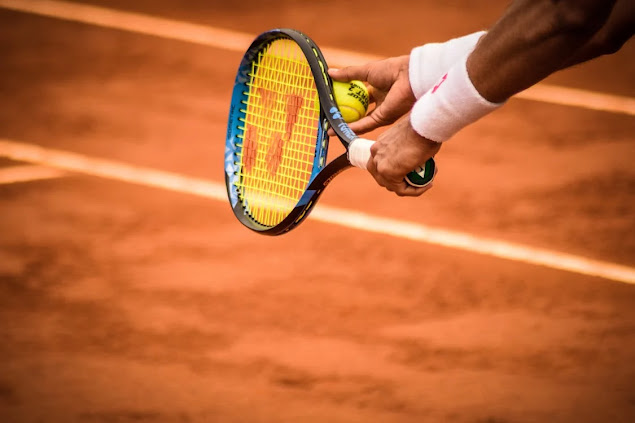The serve is the most critical stroke in tennis. A powerful serve can set the tone of the match and give you an immediate advantage over your opponent. This article will explore detailed strategies and techniques to help you master your serve, ensuring it becomes a formidable weapon in your tennis arsenal.
1. Understanding Serve Dynamics
To start, it’s essential to understand the mechanics of a good serve. A serve involves several key components: the stance, the toss, the swing, and the follow-through. Each element must be executed correctly to produce a powerful and accurate serve.
2. Optimizing Your Stance
Your stance is the foundation of your serve. You should stand sideways to the baseline with your feet shoulder-width apart. The front foot should point towards the net post, and the back foot parallel to the baseline. This position provides balance and allows for a full hip rotation during the serve, increasing power.
3. Mastering the Toss
The toss is one of the most overlooked aspects of the serve. For consistent, powerful serves, the ball must be tossed in the right place at the right time. You should release the ball at eye level, lifting your tossing arm straight up. The goal is to have the ball peak at about 1-2 feet above your reach, allowing you to hit it at the highest possible point of contact.
4. The Importance of Swing Mechanics
A fluid swing is crucial for a powerful serve. Begin with your racquet held with a continental grip and your racquet arm coiled, with the racquet pointing down your back. As you toss the ball, your racquet should swing back into a "trophy pose," with your elbow high and the racquet dropped behind your head. Uncoil your body starting from your legs upward, transferring the energy through your torso, shoulder, and finally, your arm.
5. Follow-through for Consistency and Power
The follow-through is essential for both the power and safety of your serve. After striking the ball, continue your arm motion downward and around your body. This not only helps generate more speed but also directs the ball’s trajectory and minimizes the risk of injury.
Once the basics are mastered, you can explore advanced techniques to further enhance your serve.
6. Adding Spin to Your Serve
Spin serves, including the slice and topspin serve, can add unpredictability and challenge your opponent. A slice serve requires you to brush the back of the ball in a lateral motion, creating a serve that curves and skids. The topspin serve involves brushing up the back of the ball to generate forward spin, causing the ball to dive sharply as it crosses the net.
7. Developing a Powerful Second Serve
Your second serve is crucial, especially when your first serve fails. The key to a reliable second serve is confidence and control, often achieved through topspin. This type of serve ensures the ball drops into the service box and makes it difficult for the opponent to attack.
8. Serve Placement Strategy
Strategically placing your serves can significantly impact your game’s dynamics. Serving wide opens up the court by forcing your opponent off the court, while serving down the T can jam them, especially on their backhand. Mixing up your serve placement will keep your opponent guessing and unable to settle into a rhythm.
9. Practice Drills to Enhance Your Serve
Practicing various serve drills can immensely improve your serve’s effectiveness. Regularly practice serving into different sections of the box, using both power and spin. Another effective drill is the "serve plus one" strategy, where you focus on not only making a great serve but also playing a strong first ball immediately following the serve.
Mastering your serve requires understanding its mechanics, practicing consistently, and applying strategic insights during matches. With the right approach and continuous refinement, your serve can become your biggest asset in tennis. By focusing on each element of the serve and incorporating advanced techniques, you will keep your opponents on their toes and gain control of your matches.







0 Comments